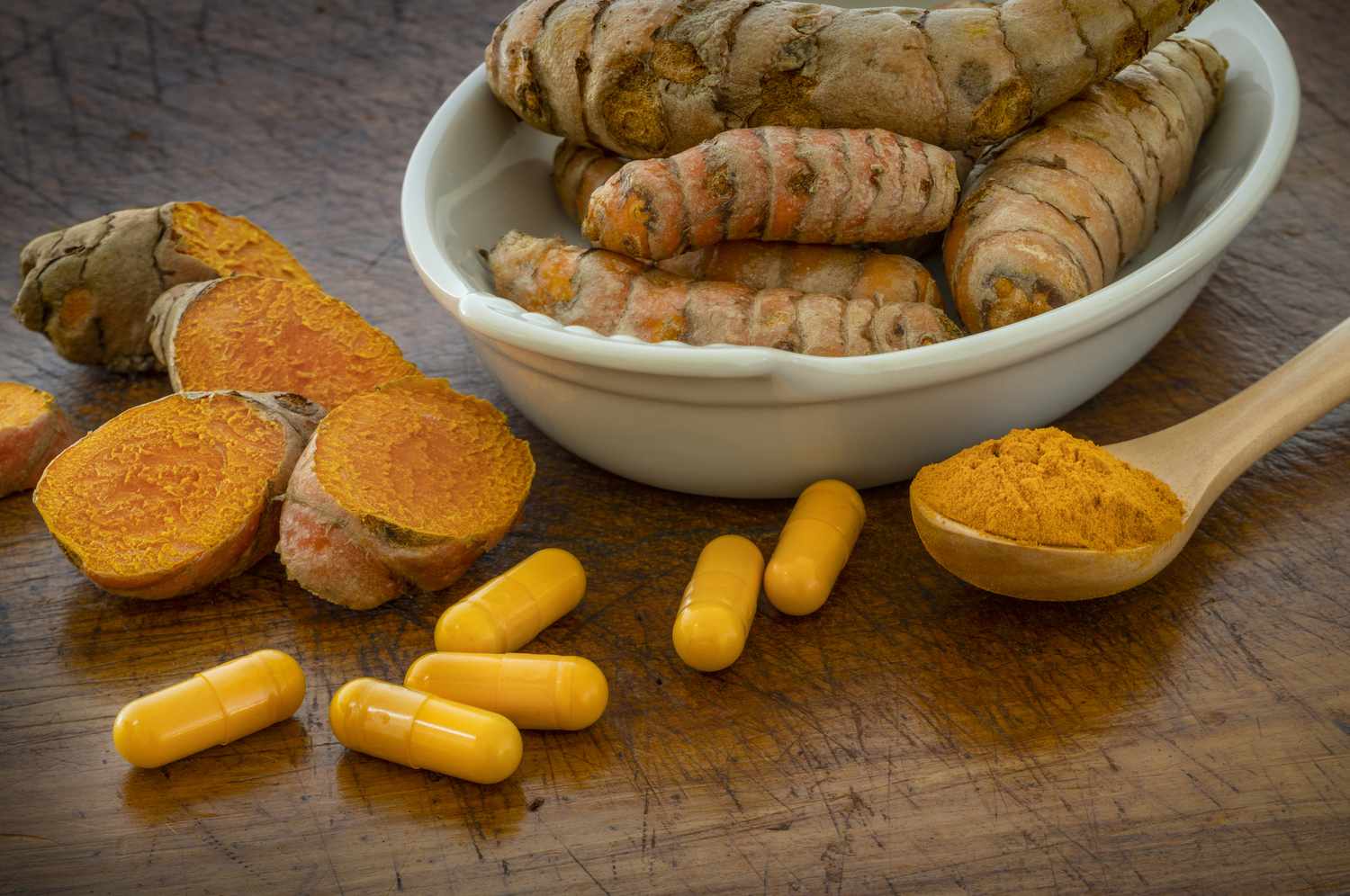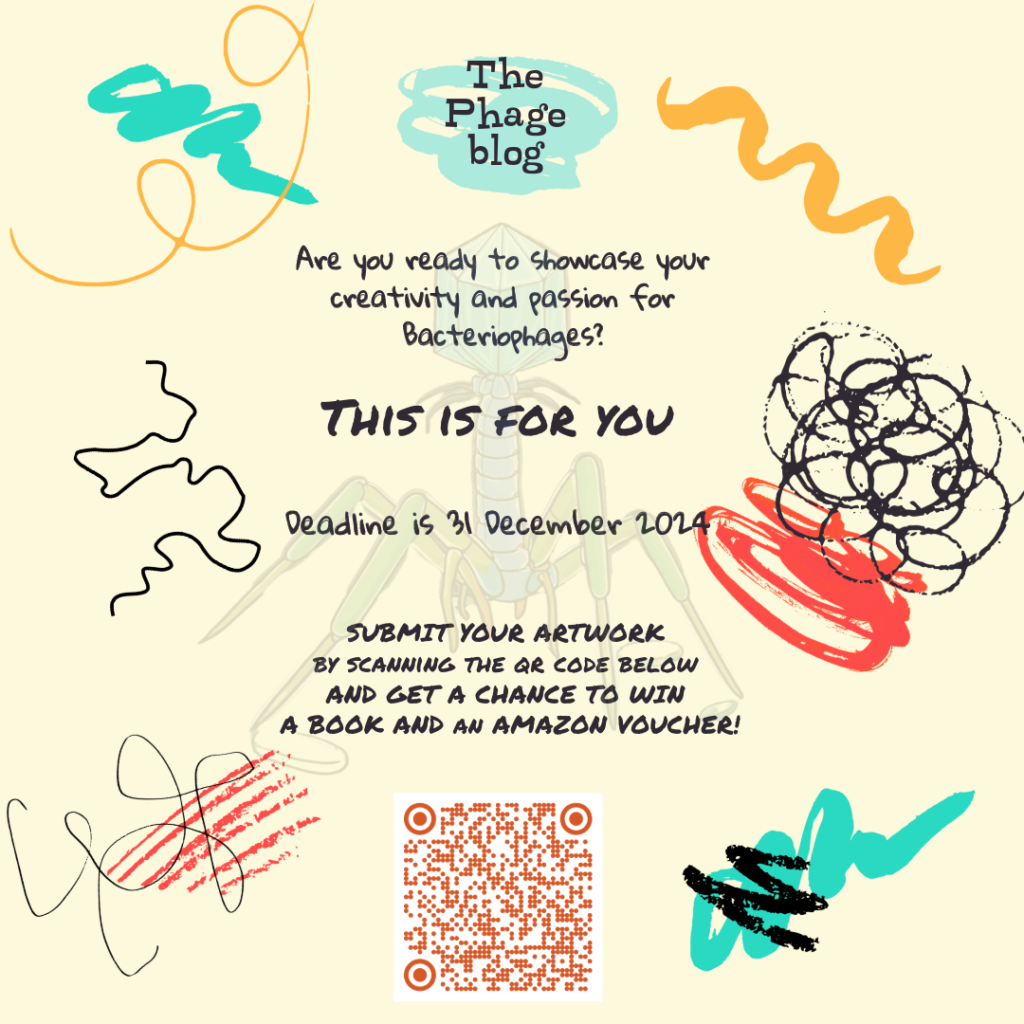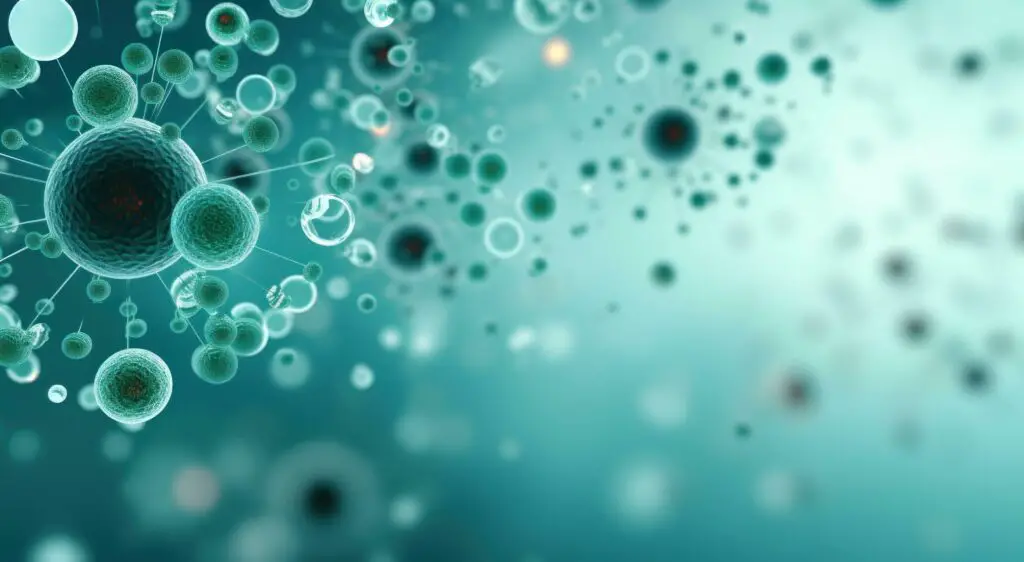From the ancient times, turmeric has gained its notoriety as an effective antibacterial, anti-inflammatory, anti-oxidant spice. The yellow compound, curcumin, isolated from rhizomes of Curcuma longa (turmeric) has proven itself as an effective pharmacological compound even against cancer. Recently, WHO has published a priority pathogens list for R&D of new antibiotics, in which carbapenem-resistant Acinetobacter baumannii, takes the first spot in the critical priority list. To prove the antibacterial efficiency of curcumin compound, a study was conducted by Faculty of Medicine, Siriraj hospital, Mahidol University Thailand, where the phages were combined with curcumin and the enhanced antibacterial effect was studied against multi-drug resistant Acinetobacter baumannii, a major concern in intensive care cases, especially burn wound infections.
Curcumin is prone to degradation under physiological conditions, which could reduce its antibacterial activity over time. Thus, requiring formulation either alone or with the phage to enhance optimal stability and delivery. Curcumin can generate reactive oxygen species, causing bacterial cellular damage and apoptosis. Additionally, curcumin may also disrupt bacterial metabolic enzymes, such as dipeptidyl peptidases (DPPs), leading to the inhibition of nucleic acid synthesis and key metabolic pathways. Previous studies have shown that curcumin can act synergistically with antibiotics to enhance bacterial killing, especially against drug-resistant strains.
A. baumannii is known for its ability to colonize burn wounds, often leading to systemic infections, making wound treatment extremely difficult. Development of an antimicrobial skin gel or emulsion with the combination of phage or the phage lytic enzymes and curcumin will be an attractive alternative treatment for A. baumannii-infected skin. Including curcumin in the combination will not only provide antibacterial properties but also provide additional benefits of reducing the inflammatory response in wounds due to the curcumin’s anti-inflammatory activity.
In this study, a combination of phage and curcumin exhibited significant synergistic antibacterial effects against A. baumannii. Complete bacterial elimination was achieved within 1 h of treatment at 37 °C, and an extended bacteria-free period of up to 5 h was observed following a double dose of both phage and curcumin, administered at 0 and 1 h. The similar protocol treatment at room temperature further extended the bacteria-free period up to 6 h. This study highlighted the synergy of curcumin/phage combination in inhibiting bacterial growth. The phage used here has properties that promote its antibacterial activity including the formation of distinct halo plaques on A. baumannii strain 131, indicating the presence of depolymerase enzymes that can degrade bacterial capsule polysaccharides (CPS) and exopolysaccharides (EPS), which are essential components of bacterial biofilms and protective barriers.
The ability of phages to produce enzymes is crucial for efficient bacterial lysis and has been observed in other A. baumannii phages. The possible mechanism of synergistic effect may result from “phage facilitating curcumin penetration into bacterial cells” by degrading the bacterial cell wall. When phages penetrate bacterial cell wall, they may facilitate curcumin entry into the cytoplasm, triggering a cascade of antibacterial actions. Once inside, curcumin disrupts the bacterial membrane by embedding in the lipid bilayer, leading to increased permeability, ion leakage, membrane potential loss, and structural damage.
Simultaneously, curcumin was reported to inhibit bacterial cell division by binding to the GTP-binding site, preventing its polymerization into the Z-ring structure. Not only structural interference, but curcumin had also been shown to inhibit quorum sensing, reducing biofilm formation and virulence factor production as demonstrated in P. aeruginosa. In Salmonella, curcumin was reported to downregulate the activity of SPI1 genes involved in Salmonella entry into epithelial cells suggesting its involvement in bacterial pathogenesis.
Future studies should emphasize the use of phage-derived enzymes rather than the whole phage engineering to make it therapeutically acceptable, and optimizing the combination, dosing, and delivery methods for wound-infected MDR A. baumannii.
The study says “Besides phage-antibiotic combinations, phage-phyto extract combinations show promising results. For example, combining phages with Stephania suberosa roots, Oroxylum indicum fruits, and Boesenbergia rotunda rhizomes extracts reduced Escherichia coli growth by 2–3 log10 within 6 hrs. Similarly, phage-sacha inchi oil combinations also synergistically controlled MDR A. baumannii“.
Read the full published article here https://www.nature.com/articles/s41598-025-94040-y
For more latest phage news, click here https://www.thephage.xyz/category/news/




